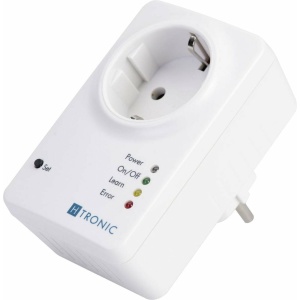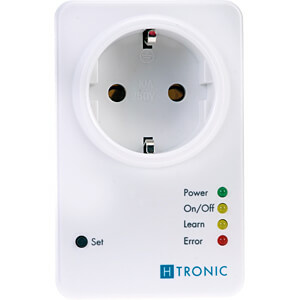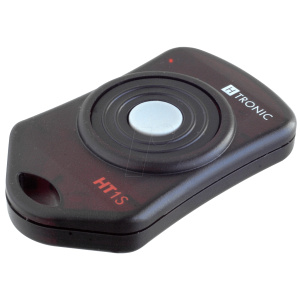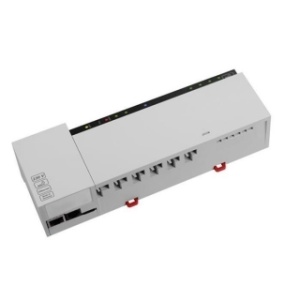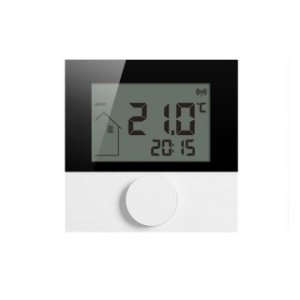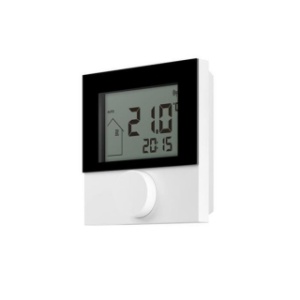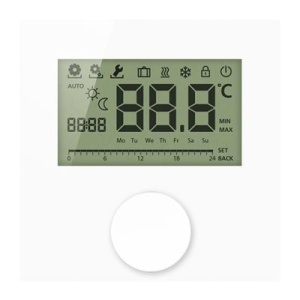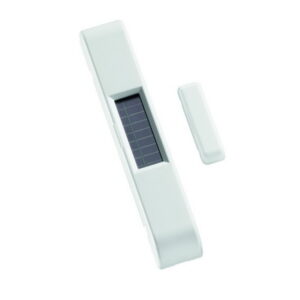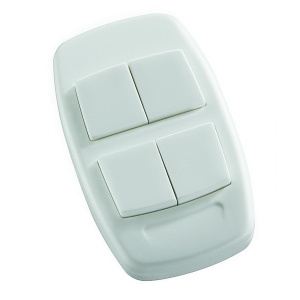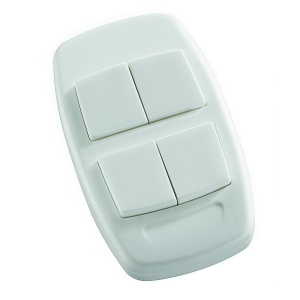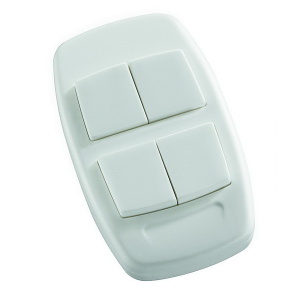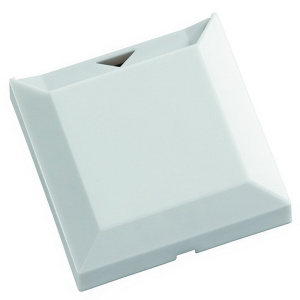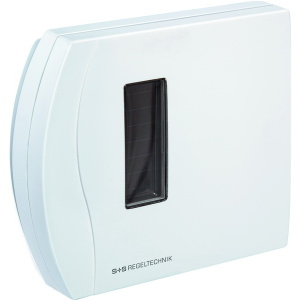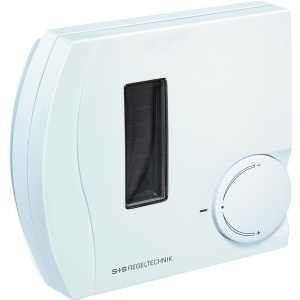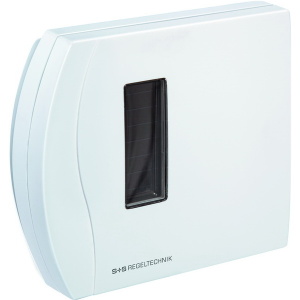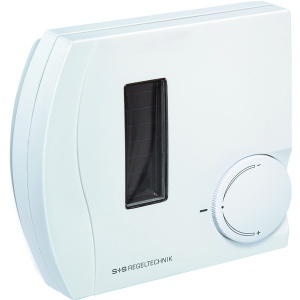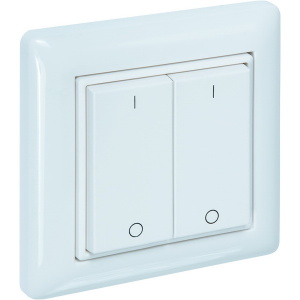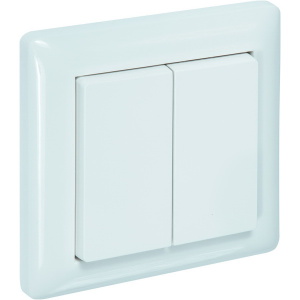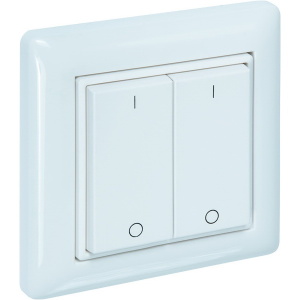Radio Frequency Receivers
Moehlenhoff BSF 20202-08N2 Alpha 2 base station radio, 230V, 8 zones
Radio Frequency Receivers
Radio Frequency Receivers
Moehlenhoff RDF 64202-01N4 Room control Alpha 2 wireless display
Radio Frequency Transmitters
FK1-FSE-rw radio transmitter as door and window contact with solar cell, 1 channel, white
Radio Frequency Receivers
Moehlenhoff BSF 20102-01N Alpha 2 base station radio, 230V, 1 zone
Radio Frequency Receivers
Moehlenhoff RDF 64202-01N1 Room control Alpha 2 wireless display
Radio Frequency Receivers
Moehlenhoff RDF 64202-01N1 Room control Alpha 2 wireless display (100 pieces)
Radio Frequency Transmitters
HT4-FSE-rw radio transmitter for hand control, 4 channels, white
Radio Frequency Transmitters
HT4-FSE-sb radio transmitter for hand control, 4 channels, silver
Radio Frequency Transmitters
HT4-FSE-sw radio transmitter for hand control, 4 channels, black
Radio Frequency Transmitters
Construction temperature sensors passive
RTF2-FSE radio room temperature sensor with solar cell and 1 channel FRIJA II
Construction temperature sensors passive
RTF2-FSE-P radio room temperature sensor with solar cell and potentiometer FRIJA II
Radio Frequency Transmitters
Radio Frequency Transmitters
Radio Frequency Transmitters
Radio Frequency Transmitters
The operation of an RF transmitter can be understood through various components and processes:Signal Source: This is the origin of the information being transmitted. It can range from an audio source, such as a microphone or music player, to a digital data signal coming from a computer or other device.
Modulation: Before the signal is transmitted, it is often modulated to make it suitable for wireless transmission. Modulation can take different forms, such as amplitude modulation (AM), frequency modulation (FM), phase modulation (PM) or digital modulation techniques such as phase shift and frequency shift modulation (PSK and FSK).
RF amplifier: The modulated signal is then amplified by an RF amplifier to ensure that it is sufficiently powerful to be transmitted over long distances without significant signal loss.
Oscillator: The oscillator generates a stable RF signal at the desired frequency. This signal acts as the carrier wave for the modulated information.
Antenna: The antenna is responsible for transmitting the RF signal into space. The size and shape of the antenna are matched to the frequency of the transmitted signal.
Control Circuits: These circuits handle the management of the transmitter, such as setting the transmission frequency, controlling the output power, and maintaining stability and reliability.
RF transmitters are used in a variety of applications, including radio and television broadcasting, mobile telephony, wireless data networks, satellite communications, wireless microphones, remote controls, radar systems and more. They are critical to modern communications systems and have contributed to the growth and evolution of wireless technologies around the world. Ongoing developments in RF transmitter technology contribute to improved performance, efficiency and reliability of wireless communication systems, keeping them an integral part of our daily lives.

